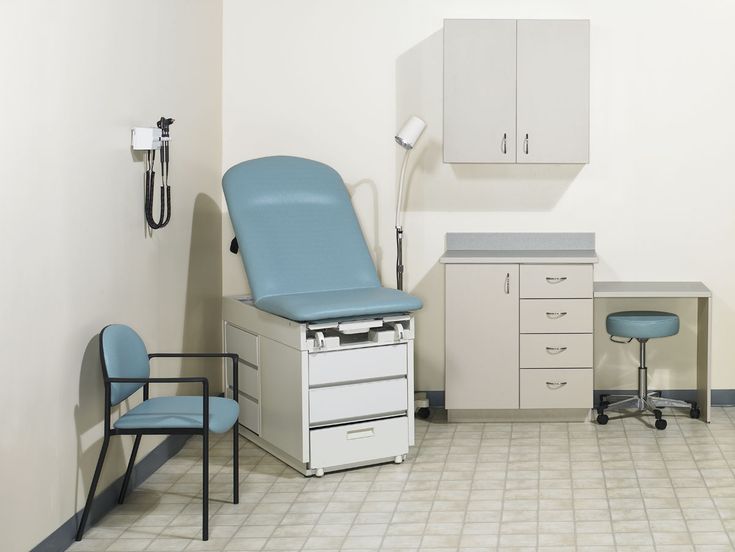Why invest in the U.S. Health Care Market
Performance in the healthcare sector is outpacing the broader market. As the global population is aging, obesity rates are climbing, and the wealth effect is increasing healthcare spending, investors can expect to see a rise in healthcare demand. And with healthcare innovation keeping pace with that of the information technology sector, the possibilities for ground-breaking improvements are just on the horizon. According to the U.S. Bureau of Labor Statistics, employment in healthcare occupations is projected to grow 16 percent between 2020 and 2030, far outpacing the average for all occupations. This equates to roughly 2.6 million new healthcare jobs. This projected growth is largely being driven by the nation’s aging population. As people age, their need for healthcare services generally increases – often, substantially. Healthcare services in the United States are mainly provided by the private sector, with some government-funded programs. According to Hoovers.com, the U.S. health care services market is the largest in the world, worth about $1.2 trillion.
One of the health care sectors that Invest Globally focuses on is the Healthcare real estate. Any investor who is interested in investing in healthcare real estate has a few ways to go about doing so. The most common ways to invest in medical office buildings are via direct ownership/management, through real estate syndications, real estate funds, or by purchasing shares in real estate investment trusts. The industry’s strong underlying fundamentals, positive growth trajectory, and continued resiliency make healthcare real estate attractive to investors of all kinds.
One of the health care sectors that Invest Globally focuses on is the Healthcare real estate. Any investor who is interested in investing in healthcare real estate has a few ways to go about doing so. The most common ways to invest in medical office buildings are via direct ownership/management, through real estate syndications, real estate funds, or by purchasing shares in real estate investment trusts. The industry’s strong underlying fundamentals, positive growth trajectory, and continued resiliency make healthcare real estate attractive to investors of all kinds.

Healthcare real estate stands out as an attractive investment opportunity, offering stable demand, long-term leases, built-in rent escalations, higher quality tenants, purpose-built properties, regulatory protections, and growing demand healthcare real estate is a superior choice for property owners and investors seeking stable income, long-term growth potential, and reduced risk. Moreover, the ongoing COVID-19 pandemic and population growth has highlighted the importance of healthcare facilities and further emphasized the need for investments in healthcare real estate.
Advisory firm Marcus & Millichap has published the following data:
7 million people will turn 65 this year, a 3% increase from the year prior. All Baby Boomers will have reached age 65 or older by 2030. As people age, their need for medical care dramatically increases. The supply of medical office real estate remains constrained. Industry experts predict only 1.0% growth in inventory this year, with 70% of projects slated for completion already having tenants in hand. Medical office rents have increased for nine consecutive years in a row, with the national asking rate for newly built space up 1.6% even during the depths of the pandemic. A flood of investor interest in medical offices had led to record trading. In the 12 months ending in March 2020, medical office closing accounted for nearly 30% of all sales. Office sales, up 9% from the average rate between 2015 and 2019. For these reasons, investors are flocking to the medical office sector with growing speed.
Advisory firm Marcus & Millichap has published the following data:
7 million people will turn 65 this year, a 3% increase from the year prior. All Baby Boomers will have reached age 65 or older by 2030. As people age, their need for medical care dramatically increases. The supply of medical office real estate remains constrained. Industry experts predict only 1.0% growth in inventory this year, with 70% of projects slated for completion already having tenants in hand. Medical office rents have increased for nine consecutive years in a row, with the national asking rate for newly built space up 1.6% even during the depths of the pandemic. A flood of investor interest in medical offices had led to record trading. In the 12 months ending in March 2020, medical office closing accounted for nearly 30% of all sales. Office sales, up 9% from the average rate between 2015 and 2019. For these reasons, investors are flocking to the medical office sector with growing speed.
Considering the advancements in medical services are growing rapidly, and so is the population as mentioned above, the need for cutting edge healthcare facilities has never been more pronounced. Shifting demographics and evolving healthcare preferences contribute to an undeniable surge in demand. By investing the health care real estate, investors can potentially benefit of the rapidly growing industry.


